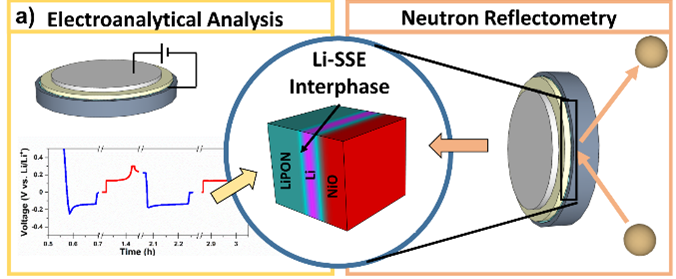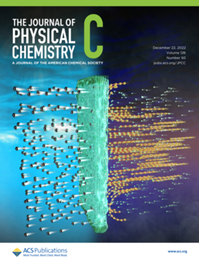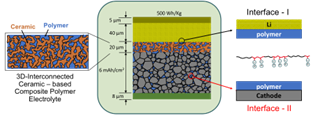The Energy Storage and Conversion Group (ESCG) seeks to understand how atomic/molecular interactions affect materials’ emergent properties that enable remarkable technologies for energy security and sustainability. Our group collaborates with industry, universities, and other national laboratories to share and grow expertise in synthesis, characterization, and processing science which spans length scales ranging from nanometers to lab-scale prototypes. In doing so, the ESCG is focused on designing materials and processes to solve key problems that prevent next-generation technologies from entering the marketplace.

We utilize the world’s most powerful neutron sources to understand how materials are synthesized and how interfacial reactions evolve during electrochemical cycling. Recent work has focused on using neutron reflectivity to probe lithium plating/stripping in solid-state batteries. Through these efforts, we have laid scientific groundwork for understanding how mechanics influence electrochemical properties.

We seek to accelerate the identification, synthesis, and manufacturing of new materials to meet energy and technology needs. Our goal is to replace the “Art of Synthesis” with the “Science of Synthesis,” as many critical material properties (e.g., ionic conductivity, reactivity, and stability) depend upon synthesis conditions and processing history. For example, our research has elucidated how different processes (e.g., mechanochemical milling and melt casting) influence defect formation and therefore chemical/mechanical properties of energy storage materials. The overarching aim of these efforts is to develop materials with superior performance while simultaneously reducing synthesis and processing costs.

We design multifunctional materials and ceramic-polymer composites to produce more resilient devices for energy storage applications. For example, we have designed shear-thickening electrolytes for impact resistive batteries by taking advantage of tunable solid-electrolyte interfaces that enable shear-induced agglomeration.

